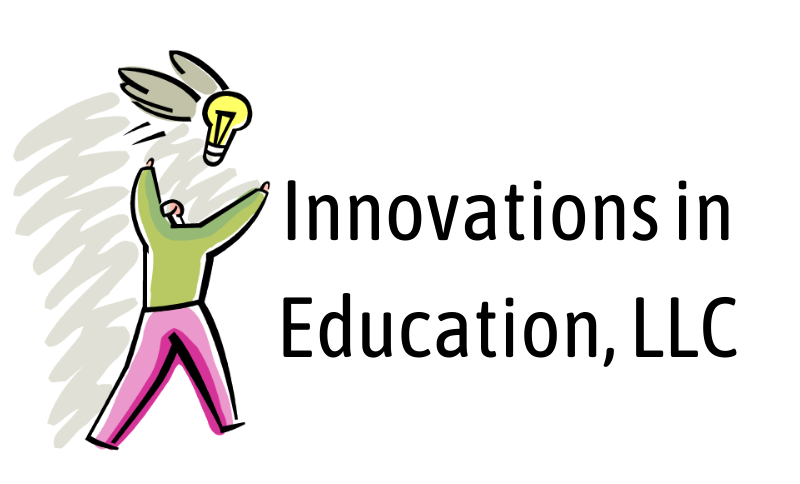Schemas. That is quite a mouthful. It’s a term that you don’t hear very often. Certainly not in everyday conversation. It’s typically not in education either. So what is a schema?
In its simplest definition, a schema is a plan or representation. It is a way in which we organize information. Consider a schema as a framework for how we process information and create internal understandings of that information.
Now that you know what a schema is, why do you need to know this?
Well, think about a child you’ve observed engaged in any kind of repetitive behavior.
What comes to mind?
The two-year-old who spins, on the floor during storytime, on the playground, on a cot?
What about the infant who needs to have a ball or some kind of object in each hand as he/she/they crawl around the room?
Have you watched a three-year-old fill a bucket and dump it out, fill a bucket and dump it out?
And the five-year-old who lines up everything – the blocks, the cereal, the trucks?
These children are engaged in learning about their world. They are trying to make sense of their environment, how materials are used, what they can do with materials, and what it all means. The repetition that adults might find boring, or even annoying, is actually helping the child become an engaged and inquisitive learner.
THIS is why recognizing and understanding schemas in children’s behaviors is important!
Jean Piaget identified schemas as patterns in children’s play. His work provides some insight into how we learn. By categorizing information into schemas, we make sense of the world. When we are presented with new information, the first thing we try to do is fit this new information into what we already know (assimilation). The more we interact with this new knowledge, we may realize that it doesn’t quite fit into the schema as we first thought (accommodation). As we learn and grow, we start to adapt our schemas or create new schemas to accommodate our new understandings. This pattern of assimilation and accommodation is repeated often through early childhood. It is also repeated throughout our lifespan as we learn new information and try to make sense of it. Does it fit with what we already know, or is this something different?
What does any of this have to do with racial identity development, and why I am writing about this on an early childhood education BLOG?
First, let’s explore racial identity development. What is it?
Racial identity development is how a person sees him/her/their self (internal construct) and how others see him/her/them (external construct). These perceptions change over time, based on experiences and interactions with others.
In The Racial Healing Handbook (2019), Anneliese Singh refers to the stages of racial identity development as schemas.
Wow!! Schemas?!
Huh! I hadn’t thought of that. But consider that our internal and external understandings of race and racism are built through our experiences and our education. The culture we are born into acclimates us to certain beliefs about race. As we interact with more people, and as we grow and learn and have more experiences with the wider world, we are introduced to ideas about culture and race that may not align with our earlier beliefs. We may first try to assimilate this new information about race into our earlier beliefs, but with more experience, we find we need to accommodate this information when it does not fit our current understandings. Hence, we have schemas of racial identity development. What’s interesting is that while the schemas, or stages of development, are similar between White people and BIPOC, the stages themselves are slightly different. And as with Piaget’s schemas for early learning, moving through schemas is not linear. Based on your experiences and interactions, you may find yourself in more than one schema at the same time.
This is a simplified explanation of the significance of both Piaget’s early learning schemas and the development of racial identity. However, both are important to our work in early childhood education. Accepting children for who they are and recognizing where they are in their schema development helps us create environments that support and encourage individual learning.
What experiences have shaped your assimilation and accommodation of your racial identity development?


Recent Comments